The Fat Darrell, the most popular version
They became famous in the late 1970s by being sold at food trucks on the main Rutgers campus in New Brunswick, in a parking lot at the northwest corner of College Avenue and Hamilton Street. These became known as "grease trucks." (Other regional names for these include "roach coach" and "ptomaine wagon.")
R.I.P. The Rutgers Grease Trucks -- and many of their customers.
In 2013, the trucks were removed from the lot, because Rutgers wanted to build on the site. They have now opened "The Yard," essentially a food court with a giant video screen. But one of the restaurants on the site has the name of one of the former trucks, "R.U. Hungry," and it serves the Fat Sandwiches.
Holy Gentrification, Batman!
Fort Dix: See "Joint Base McGuire-Dix-Lakehurst."
Fort Monmouth: See "Eatontown."
French Fries: See "Fries."
Fries: See "Pizza."
Garden State Arts Center: An outdoor auditorium built on Telegraph Hill in Holmdel, Monmouth County. It was typical of 1960s planning in that it was a location designed for automobile access only, with a special entry point created on the Parkway, Exit 116.
It opened on June 12, 1968, not with any of the rock and roll or even standards singers of the time, but with classical pianist Van Cliburn fronting the Philadelphia Orchestra, conducted by Eugene Ormandy. (At least it was with a semi-local act, although Cliburn was from Texas.) Since then, though rock performers have played it, including Sinead O'Connor, who famously refused to play in 1990 if "The Star-Spangled Banner" were played beforehand.
Starting in 1971, the Arts Center began hosting ethnic festival days. I've only been there once, in 1981, when it was Polish Festival day. Due to declining attendance, these festivals were discontinued in 2015. It still hosts high school graduation ceremonies in June, and a Holiday Lights Spectacular in December, when it's usually too cold for concerts.
Originally having 5,197 seats, all covered, capacity could be expanded by people sitting on the grass, making it like a very, very square version of Woodstock. In 1996, 2,000 seats outside the roofed area were added, and PNC Bank bought the naming rights. It is now named the PNC Bank Arts Center, but some people stubbornly refuse to accept the new name. Capacity has been increased to 17,500.
Garden State Parkway: See "Parkway."
Garden State Plaza: See "Paramus."
Gazinta: How they used to teach long division in New Jersey's public schools. According to my mother, in 1950s Newark, they wouldn't say, "Twenty-eight divided by four is seven." They would say, "Four gazinta (goes into) twenty-eight seven times."
George Washington Bridge: See "New York, Crossings Into."
Ginker: What we called teenage fans of heavy metal music in the 1980s. Their hair was long and greasy, their clothes were trashy, their manners were nonexistent, and they smelled like smoke of varying kinds. Their parents told them to stop taking drugs, or their kids would be mutants. Their parents were right: Their kids turned into "all those other Slim Shadys."
Ginsberg, Allen: Born Irwin Allen Ginsberg on June 3, 1926 in Paterson, Passaic County, he became part of the leading triad of the Beat Generation writing movement, along with Jack Kerouac and William S. Burroughs.
His poetry went out of its way to offend, with references to sex (usually gay, as he was one of the few openly homosexual celebrities of the 1950s), drugs (first marijuana, then psychedelics) and music (the Beats loved jazz, although unlike Kerouac and Burroughs, Kerouac came to appreciate rock and roll). He died on April 5, 1997.
His most famous work is the 1955 poem "Howl." It begins with the words, "I saw the best minds of my generation destroyed by madness, starving, hysterical, naked." Surprisingly, the poem is not about riding New Jersey Transit. (See its entry.)
Gladstone Branch: A branch of New Jersey Transit's "Morris and Essex Lines," replacing the Delaware, Lackawanna & Western Railroad, which merged with the Erie Railroad to become the Erie-Lackawanna Railway.
It starts in Hudson County, at the Hoboken Terminal, and goes through Secaucus Junction. In Essex County, it stops at Broad Street Station in Newark, East Orange and Brick Church stations in East Orange, Orange and Highland Avenue stations in Orange, Mountain and South Orange stations in South Orange, Maplewood, Millburn and Short Hills.
In Union County, it stops at Summit, New Providence and Murray Hill stations in New Providence, and Berkeley Heights. In Morris County, it stops at Gillette, Stirling and Millington stations in Long Hill. In Somerset County, it stops at Lyons and Basking Ridge station in Bernards, Bernardsville (a separate town from Bernards), Far Hills, and Peapack and Gladstone stations in the Borough of Peapack-Gladstone.
Goethals Bridge: See "New York, Crossings Into."
Governor's Mansion: See "Drumthwacket."
Grease Trucks: See "Fat Sandwich."
Great Adventure: A large theme part built on County Route 537 in the woods of Jackson, Ocean County, opening in 1974. The Six Flags corporation bought it in 1977, and renamed it "Six Flags Great Adventure," but most New Jerseyans prefer to still call it by the original name, resisting the Six Flags name.
Front Entrance
It's famous for its safari park, its rides with incredibly long lines, and its insanely expensive restaurants, including Best of the West at the log flume and the ice cream-themed Yum Yum Palace. Admission prices are also insane (and not like Crazy Eddie's prices were): $83 at the gate, but they can drop to as low as $53 online. Turnpike Exit 7A, or Parkway Exit 98, either of which will get you on I-195, which you would take (East from the Turnpike, West from the Parkway) to County Route 537.
Grover's Mill: See "War of the Worlds."
Guido: Pronunced "GWEE-doh." A stereotype, developed in the 1970s, of an Italian-American man who thinks he's God's gift to women. He usually had a lot of hair, loaded with a lot of hairspray, an open shirt revealing a hairy chest and gold jewelry, and pants so tight it might actually hurt if he got aroused.
Joe Pepitone, Yankee star of the 1960s, and later John Travolta, as seen in the 1977 film Saturday Night Fever, were their patron saints. The guys on the TV show Jersey Shore were 2nd-generation Guidos. The feminine version, with perhaps even more hairspray, was sometimes called a Guidette.
Hague, Frank "I Am the Law." See "Jersey City."
Hoagie: The preferred term for a submarine sandwich in Philadelphia and South Jersey. See "Wawa."
Hoboken: A city of 50,000, known as "The Square Mile City," on the Hudson River in Hudson County, and a terminus for much of New Jersey Transit's rail network. (See the next entry.) Because of its proximity to Manhattan, and linking thereto by the PATH subway system, Hobokenites like to call their city "The 6th Borough."
Its park known as the Elysian Fields was said to be the site of the 1st baseball game on June 19, 1846, chosen because the park not only had field space but a banquet hall for postgame meals, and baseball was played there into the 1880s. However, recent research has shown that there were baseball games played before that, including by the New York Base Ball Club, a.k.a. the New York Nine, which explains how that team could have beaten the alleged inventors of the game, the Knickerbocker Club, 23-4 in that "first game."
A famous painting of the Elysian Fields, dated 1866
The Elysian Fields was eliminated when Maxwell House built a coffee roasting plant on the site, although a new Elysian Park was built a few yards away. Hoboken was the birthplace of Frank Sinatra (see his entry), and the site of the 1st Blimpie store in 1964. It is known for its Irish-themed bars and music clubs. However, the famous music club Maxwell's, opened in 1978 and named after the coffee plant (which closed in 1992), closed in 2018.
Turnpike Exit 14C or Parkway Exit 145.
Hoboken Terminal: Built in 1907 on the Hudson River waterfront, it was the terminus of the Delaware, Lackawanna & Western Railroad, which in 1960 merged with the Erie Railroad to become the Erie-Lackawanna Railway. It was also the terminus of the Hudson and Manhattan Railroad, which became the PATH system. (See its entry.) It includes a bus terminal.
Hoboken Terminal
Holland Tunnel: See "New York, Crossings Into."
Horse Country: Nickname for the rural areas in Somerset, Hunterdon, Morris and Warren Counties, where rich people find ways to legally classify their estates as "farms" to get tax breaks. Magazine publisher Malcolm Forbes was the ne plus ultra of this, holding polo tournaments at his Far Hills, Somerset County spread that gave the area its nickname. (Prince Charles of Wales was an occasional visitor and participant.)
Hot Dog: See "Pizza."
Hudson-Bergen Light Rail: A light rail system, opening in 2000, whose name is something of a misnomer: Although it does have a station on Bergenline Avenue, it runs entirely within Hudson County. A single fare is $2.25.
Its northern terminus is in North Bergen (which, remember, is in Hudson County, not Bergen County), at Tonnelle Avenue. It stops at Bergenline Avenue in Union City. In Weehawken, it stops at Port Imperial (connecting with a the Port Imperial Ferry to Manhattan) and Lincoln Harbor. In Hoboken, it stops at 9th Street-Congress Street, 2nd Street, and Hoboken Terminal, thus connecting it with NJT Rail and PATH.
In Jersey City, it stops at Pavonia-Newport (and thus at the Newport Centre Mall), Harsimus Cove, Harborside Financial Center, Exchange Place (another connection with PATH), Essex Street, Marin Boulevard, Jersey Avenue, Liberty State Park, Garfield Avenue, Martin Luther King Drive, West Side Avenue, Richard Street and Danforth Avenue. In Bayonne, it stops at 45th Street, 34th Street, 22nd Street and 8th Street, its southern terminus.
Hudson Tubes: See "PATH."
Hurricane Agnes: A storm that struck the Northeastern U.S. in late June 1972, killing 128 people. Only 1 of these was in New Jersey, but it was particularly bad in the Lehigh Valley of Pennsylvania, where 50 were lost.
The biggest impact in New Jersey was the damaging of rail lines, including bridges. The already-bankrupt Penn Central Transportation Company couldn't pay for the repairs, and many lines still have not been replaced by their successors: New Jersey Transit, SEPTA and Metro-North.
Hurricane Diane: A storm that struck the Northeastern U.S. in mid-August 1955, killing 184 people. It caused particularly bad damage along the Delaware River, ruining several road and rail crossings. Some were replaced, some weren't.
Hurricane Sandy: A storm that struck the Northeastern U.S. on October 29, 2012, killing 233 people. At my residence in East Brunswick, there was no damage, but we lost power for 7 days. We were lucky: Terrible damage was done to Shore communities. Boardwalks were torn up, and houses were ripped off their foundations. The most memorable was the roller coaster torn off Casino Pier in Seaside Heights, and pulled out into the Atlantic Ocean.
In New York City, Staten Island was hit very hard, and some of the Subway system in Manhattan and Brooklyn got flooded. As of late 2019, repair work is still being done. In the end, Sandy was the 2nd-most-damaging hurricane in continental U.S. history, behind Hurricane Katrina, which wrecked New Orleans in August 2005.
Iggles: The NFL's Philadelphia Eagles, in the Philly/South Jersey accent. While the Giants and Jets pretty much have a 2-1 split north of I-195 and the I-295 beltway around Trenton, the Eagles dominate south of that.
Iggles memorabilia at a store on the Atlantic City Boardwalk
Interstate 78 Toll Bridge: See "Pennsylvania, Crossings Into."
Ironbound: The East Side of Newark, so named because it's ringed by railroads (and the Passaic River). Long known as a Portuguese neighborhood, although, due to sharing a language, Brazilians have moved there as well. Noted for fine restaurants and bakeries. Also once the site of Ruppert Stadium, which from 1926 to 1950 was the home of the International League's Newark Bears and the Negro National League's Newark Eagles.
Iberia Tavern, Ferry Street
Turnpike Exit 14, or Parkway Exit 142.
Italian Hot Dog: A hot dog topped with fried bell peppers, onions, and diced potatoes. Also known as a Newark Style Hot Dog. Invented at Jimmy Buff's in Newark, which is still in business, although its 2 locations are now in suburbs: West Orange in Essex County, and Kenilworth in Union County.
Jersey Accent: Very similar to the New York Accent, with the notable exception of the refusal to switch the "Er" and "Oi" sounds: In Brooklyn, someone might say, "Don't take it poisonally" or "Flip a cern." A New Jerseyan wouldn't do that. What a New Jerseyan might do (but not necessarily) is switch the Yes-R and No-R sounds: "I heah yuh awduhed a pizzar." But there are a lot more dropped R's than added ones.
The main feature of the Jersey Accent is that we stretch our vowels. We drink quofee. We get stuck in trayaffic. Is your dawg a goo-ood dawg, or a bayad dawg? Dat's how ya do a Jersey Ayaccent. It ain't hawd ta do. Especially for me: I have to rein mine in sometimes. I may have grown up in the suburbs, but my father, who grew up in Newark in the 1940s and 1950s, really had the accent, and, consciously or otherwise, I copied him.
It is also known as the Newark Accent. Ironically, instead of stretching the vowels in the city's name, the accent shortens it: "Noork." It should be noted that, as with the classic Brooklyn variation on the New York Accent, the Newark Accent is almost exclusive to the surviving white people who lived there. The black and Hispanic people who replaced them did not adopt it.
Jersey Breakfast: See "Pork Roll."
Jersey City: The seat of Hudson County, and the 2nd-largest city in the State at 265,000 people. It was the terminus of the Central Railroad of New Jersey, and of the Holland Tunnel which did so much to make the Jersey Central obsolete.
The City, and Hudson County in general, became synonymous with political corruption, with the central figure long being Frank Hague, Mayor from 1917 to 1947, and the State's Democratic National Committeeman from 1922 to 1949. Nothing got done in Hudson County without his say-so, to the point where he was known as "Frank 'I Am the Law' Hague."
Voter fraud has long been prevalent in North Jersey, never more so than in Hudson County during Hague's time. The joke is that, in New Jersey, you gotta be at least 18 to vote, but you don't have to be still alive.
Hague resigned in 1947 after Governor Alfred E. Driscoll got a new State Constitution ratified, hindering local control of things like elections and judicial appointments, and Hague knew the jig was up. He got his nephew, Frank Hague Eggers, appointed Mayor, but he was defeated in the 1949 election, and there was nothing Uncle Frank could do about it. He lived on until 1956, and never served in another public office.
Hague was never convicted of a crime, but 2 later Mayors were: Thomas Whelan for conspiracy and extortion in 1971, Gerald McCann for bank fraud in 1992,
Between 1950 and 1994, the only minor-league baseball teams in New Jersey played at Roosevelt Stadium in Jersey City. (See that city's entry.) The Jersey City Jerseys of the Class AAA International League, a Cincinnati Reds farm team, in 1960 and '61; the Jersey City Indians of the Eastern League, a Cleveland Indians farm team, in 1977; and the Jersey City A's of the Eastern League, an Oakland Athletics farm team, in 1978.
Jersey City was once large enough and influential enough to have 2 daily newspapers. The Jersey Journal is still published daily, although in 2014 it moved its headquarters from the block to which it gave its name, 30 Journal Square, to Harmon Plaza in Secaucus. The Hudson Dispatch was published from 1874 to 1991, with its last offices being in Union City.
Turnpike Exit 14B.
Jersey Devil: Also known as the Leeds Devil, this is a mythical creature said to cause trouble in the Pine Barrens region of South Jersey. A Leeds family lived at Leeds Point, now part of Galloway in Atlantic County. Titan Leeds published an almanac, and was a rival publisher to Benjamin Franklin, who was more than happy to make public local descriptions of the unpopular Leeds as a "monster." This probably led to the origin of the creature of legend.
The legend says that Mother Leeds -- apparently Deborah Leeds who did have 12 children with her husband Japhet, Titan Leeds' brother -- was told she was going to have a 13th child, and, in frustration, yelled, "Let it be a devil!" When born during a stormy night, the baby appeared normal, but soon changed to a creature with a goat's head, bat wings, a forked tail, and hooves. It flew up the chimney and escaped into the woods, where it wreaks havoc to this day, usually getting blamed for odd occurrences involving livestock.
It's supposedly been seen by such personages as Joseph Bonaparte, diplomat and brother of Napoleon, who moved to Bordentown after his brother's fall, and saw it on his estate; and General Stephen Decatur, while inspecting the Hanover Mill Works in Hanover, Morris County, a good deal north of its usual stomping grounds.
In January 1909 alone, it was blamed for attacking a trolley car in Haddon Heights and a social club in Camden. It's been seen in Pennsylvania, Delaware, and even as far away as western Maryland. Since the 1909 attacks, the Philadelphia Zoo has had a $10,000 reward for the animal's capture alive. Many have tried to claim it, but the animals they've brought (in one case, a kangaroo) were rejected. The last known "sighting" was a set of tracks found near Mays Landing, Atlantic County in 1960.
When the Colorado Rockies hockey team was moved to the Meadowlands in 1982, they were named the New Jersey Devils. This offended some religious people, but the name is stupid for another reason: The mythical Jersey Devil comes from South Jersey, which is Philadelphia Flyers territory. As a result, the team's mascot is N.J. Devil, who looks more like a classic devil.
Jersey Driver: An insult used by people who moved to the State from New York City. Like they
knew how to drive.
Jersey Mike's Subs: A chain of stores specializing in submarine sandwiches. Founded as Mike's Submarines in Point Pleasant Borough, Ocean County in 1956, it was bought by one of its teenage workers, Peter Cancro, in 1975. I visited his original location at the intersection of Trenton and Arnold Avenues a few times. It is now the company's training center.
In 1987, Cancro began franchising. There are now over 1,000 locations all over the world, including one in my hometown of East Brunswick (for which I had been hoping for a long time), at The Yard on the Rutgers campus in New Brunswick, and a stand at the new Yankee Stadium.
Just as burger places make their cashiers ask if you want the combo meal, JM workers ask, "Do you want that Mike's Way?" This is the original recipe: Sliced onions, shredded lettuce, tomatoes, oregano, salt, red wine vinegar and olive oil.
The chain was not named after me, but I couldn't enjoy it any more if it was. This Mike's way is as follows: A tiny bit of lettuce (for some reason, sub and burger places tend to overdo it with lettuce), a little bit of onions, extra tomatoes, extra pickles, and gobs of mayonnaise. The tomatoes and the pickles are really good, but, to me, it's the mayonnaise that makes it. I asked what brand they use, and they make their own, and it is not yet available in stores. Oh, well.
Jersey Shore (region): See "Down the Shore."
Jersey Shore (TV show): See "Seaside Heights." See also "Benny" and "Guido."
Jersey Slide: Changing from the left lane all the way across the highway in one fell swoop to make your highway exit. This is not a recommended thing to do, and it may cause somebody to call you a "Jersey Driver!" It may also cause someone to yell, "DeFuque!"
Jimmies: What Philadelphia and South Jersey people call the multicolored sprinkles that sometimes come on ice cream. New Yorkers, North Jerseyans and Central Jerseyans would never use this term: We call 'em "sprinkles."
Joint Base McGuire-Dix-Lakehurst: A military base created on October 1, 2009 as the merger of 3 major bases in South Jersey.
Most familiar is Fort Dix, spread over the Burlington County towns of New Hanover, Pemberton and Springfield. (There's also a Springfield in Union County.) Established in 1917 as a U.S. Army training center for World War I, it was named for John Adams Dix, a Civil War General who served in the U.S. Senate and as Governor of New York. My father served there in 1965, before being sent overseas in the Vietnam War (albeit, in his case, to the site of America's previous war, in Korea.)
Fort Dix Army Air Force was built adjacent, in New Hanover and North Hanover, in 1941. In 1948, a year after the separation of the USAAF into the USAF, it was renamed McGuire Air Force Base, after Major Thomas B. McGuire Jr., a native of Ridgewood in Bergen County, who had crashed -- due not to enemy fire but to a difficult turn leading his engine to stall -- 1945 after becoming the 2nd-leading U.S. "flying ace" of World War II. He was posthumously awarded the Congressional Medal of Honor.
When sporting events in Philadelphia require a military flyover, the planes usually take off from McGuire. This would also be the case for Super Bowl XLVIII at the Meadowlands in 2014.
Like Fort Dix, Naval Air Engineering Station Lakehurst opened in 1917 for use in World War I. Although there is a Borough of Lakehurst in Ocean County, the base is actually spread over adjoining Manchester, and to that Township's adjoining Township of Jackson, home base of Great Adventure. It's 22 miles between the offices of Fort Dix and Lakehurst.
Lakehurst is best remembered for the May 6, 1937 disaster in which the German zeppelin LZ 129 Hindenburg caught fire, killing 36 people. A monument to the explosion is on the site.
Fort Dix and McGuire Air Force Base can be reached by Turnpike Exit 7. Naval Air Engineering Station Lakehurst can be reached by Parkway Exit 89.
Joisey: What some people from New York call New Jersey. Nobody actually from New Jersey calls it that. "Jersey," maybe; "Joisey," never. We stretch our vowels like New Yorkers, but we never switch the "oi" and "er" sounds like old-time Brooklynites did. (Even current Brooklynites don't do that.)
Journal Square: The intersection of Kennedy Boulevard (Hudson Boulevard from 1896 to 1963) and Bergen Avenue in downtown Jersey City, named for The Jersey Journal. It includes the Loew's Jersey, a spectacular and recently restored 1929 movie theater, and the Journal Square Transportation Center, a major station on the PATH system and a hub for Hudson County buses, which opened in 1975 on the site of the former Summit Avenue station. Turnpike Exit 14B.
Jughandle: A ramp off a highway to its cross street, enabling a safer left turn onto the street in question.
Volume 3 follows.
Between 1950 and 1994, the only minor-league baseball teams in New Jersey played at Roosevelt Stadium in Jersey City. (See that city's entry.) The Jersey City Jerseys of the Class AAA International League, a Cincinnati Reds farm team, in 1960 and '61; the Jersey City Indians of the Eastern League, a Cleveland Indians farm team, in 1977; and the Jersey City A's of the Eastern League, an Oakland Athletics farm team, in 1978.
Jersey City was once large enough and influential enough to have 2 daily newspapers. The Jersey Journal is still published daily, although in 2014 it moved its headquarters from the block to which it gave its name, 30 Journal Square, to Harmon Plaza in Secaucus. The Hudson Dispatch was published from 1874 to 1991, with its last offices being in Union City.
Turnpike Exit 14B.
Jersey Devil: Also known as the Leeds Devil, this is a mythical creature said to cause trouble in the Pine Barrens region of South Jersey. A Leeds family lived at Leeds Point, now part of Galloway in Atlantic County. Titan Leeds published an almanac, and was a rival publisher to Benjamin Franklin, who was more than happy to make public local descriptions of the unpopular Leeds as a "monster." This probably led to the origin of the creature of legend.
The legend says that Mother Leeds -- apparently Deborah Leeds who did have 12 children with her husband Japhet, Titan Leeds' brother -- was told she was going to have a 13th child, and, in frustration, yelled, "Let it be a devil!" When born during a stormy night, the baby appeared normal, but soon changed to a creature with a goat's head, bat wings, a forked tail, and hooves. It flew up the chimney and escaped into the woods, where it wreaks havoc to this day, usually getting blamed for odd occurrences involving livestock.
The most familiar depiction
It's supposedly been seen by such personages as Joseph Bonaparte, diplomat and brother of Napoleon, who moved to Bordentown after his brother's fall, and saw it on his estate; and General Stephen Decatur, while inspecting the Hanover Mill Works in Hanover, Morris County, a good deal north of its usual stomping grounds.
In January 1909 alone, it was blamed for attacking a trolley car in Haddon Heights and a social club in Camden. It's been seen in Pennsylvania, Delaware, and even as far away as western Maryland. Since the 1909 attacks, the Philadelphia Zoo has had a $10,000 reward for the animal's capture alive. Many have tried to claim it, but the animals they've brought (in one case, a kangaroo) were rejected. The last known "sighting" was a set of tracks found near Mays Landing, Atlantic County in 1960.
When the Colorado Rockies hockey team was moved to the Meadowlands in 1982, they were named the New Jersey Devils. This offended some religious people, but the name is stupid for another reason: The mythical Jersey Devil comes from South Jersey, which is Philadelphia Flyers territory. As a result, the team's mascot is N.J. Devil, who looks more like a classic devil.
Jersey Driver: An insult used by people who moved to the State from New York City. Like they
knew how to drive.
Jersey Mike's Subs: A chain of stores specializing in submarine sandwiches. Founded as Mike's Submarines in Point Pleasant Borough, Ocean County in 1956, it was bought by one of its teenage workers, Peter Cancro, in 1975. I visited his original location at the intersection of Trenton and Arnold Avenues a few times. It is now the company's training center.
In 1987, Cancro began franchising. There are now over 1,000 locations all over the world, including one in my hometown of East Brunswick (for which I had been hoping for a long time), at The Yard on the Rutgers campus in New Brunswick, and a stand at the new Yankee Stadium.
Just as burger places make their cashiers ask if you want the combo meal, JM workers ask, "Do you want that Mike's Way?" This is the original recipe: Sliced onions, shredded lettuce, tomatoes, oregano, salt, red wine vinegar and olive oil.
The chain was not named after me, but I couldn't enjoy it any more if it was. This Mike's way is as follows: A tiny bit of lettuce (for some reason, sub and burger places tend to overdo it with lettuce), a little bit of onions, extra tomatoes, extra pickles, and gobs of mayonnaise. The tomatoes and the pickles are really good, but, to me, it's the mayonnaise that makes it. I asked what brand they use, and they make their own, and it is not yet available in stores. Oh, well.
Jersey Shore (region): See "Down the Shore."
Jersey Shore (TV show): See "Seaside Heights." See also "Benny" and "Guido."
Jersey Slide: Changing from the left lane all the way across the highway in one fell swoop to make your highway exit. This is not a recommended thing to do, and it may cause somebody to call you a "Jersey Driver!" It may also cause someone to yell, "DeFuque!"
Jimmies: What Philadelphia and South Jersey people call the multicolored sprinkles that sometimes come on ice cream. New Yorkers, North Jerseyans and Central Jerseyans would never use this term: We call 'em "sprinkles."
Joint Base McGuire-Dix-Lakehurst: A military base created on October 1, 2009 as the merger of 3 major bases in South Jersey.
Most familiar is Fort Dix, spread over the Burlington County towns of New Hanover, Pemberton and Springfield. (There's also a Springfield in Union County.) Established in 1917 as a U.S. Army training center for World War I, it was named for John Adams Dix, a Civil War General who served in the U.S. Senate and as Governor of New York. My father served there in 1965, before being sent overseas in the Vietnam War (albeit, in his case, to the site of America's previous war, in Korea.)
Fort Dix Army Air Force was built adjacent, in New Hanover and North Hanover, in 1941. In 1948, a year after the separation of the USAAF into the USAF, it was renamed McGuire Air Force Base, after Major Thomas B. McGuire Jr., a native of Ridgewood in Bergen County, who had crashed -- due not to enemy fire but to a difficult turn leading his engine to stall -- 1945 after becoming the 2nd-leading U.S. "flying ace" of World War II. He was posthumously awarded the Congressional Medal of Honor.
When sporting events in Philadelphia require a military flyover, the planes usually take off from McGuire. This would also be the case for Super Bowl XLVIII at the Meadowlands in 2014.
Like Fort Dix, Naval Air Engineering Station Lakehurst opened in 1917 for use in World War I. Although there is a Borough of Lakehurst in Ocean County, the base is actually spread over adjoining Manchester, and to that Township's adjoining Township of Jackson, home base of Great Adventure. It's 22 miles between the offices of Fort Dix and Lakehurst.
Lakehurst is best remembered for the May 6, 1937 disaster in which the German zeppelin LZ 129 Hindenburg caught fire, killing 36 people. A monument to the explosion is on the site.
"Oh, the humanity!" -- Radio reporter Herb Morrison
Fort Dix and McGuire Air Force Base can be reached by Turnpike Exit 7. Naval Air Engineering Station Lakehurst can be reached by Parkway Exit 89.
Joisey: What some people from New York call New Jersey. Nobody actually from New Jersey calls it that. "Jersey," maybe; "Joisey," never. We stretch our vowels like New Yorkers, but we never switch the "oi" and "er" sounds like old-time Brooklynites did. (Even current Brooklynites don't do that.)
Journal Square: The intersection of Kennedy Boulevard (Hudson Boulevard from 1896 to 1963) and Bergen Avenue in downtown Jersey City, named for The Jersey Journal. It includes the Loew's Jersey, a spectacular and recently restored 1929 movie theater, and the Journal Square Transportation Center, a major station on the PATH system and a hub for Hudson County buses, which opened in 1975 on the site of the former Summit Avenue station. Turnpike Exit 14B.
Journal Square Transportation Center
Jughandle: A ramp off a highway to its cross street, enabling a safer left turn onto the street in question.
Volume 3 follows.

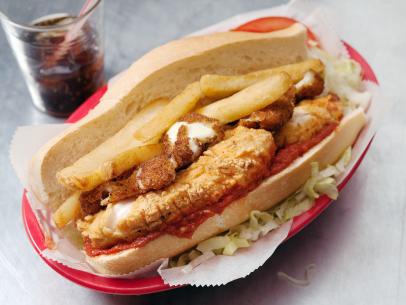
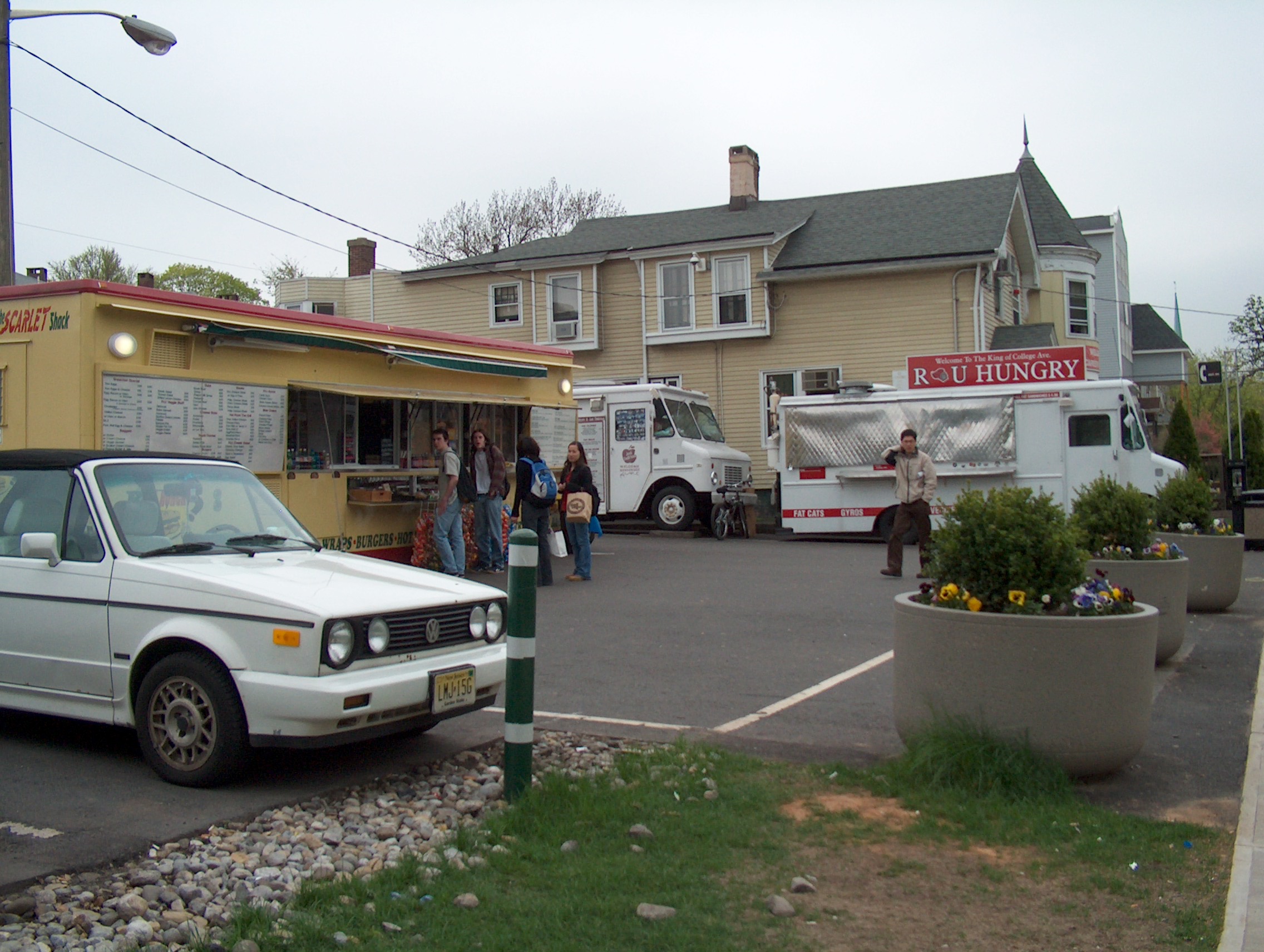

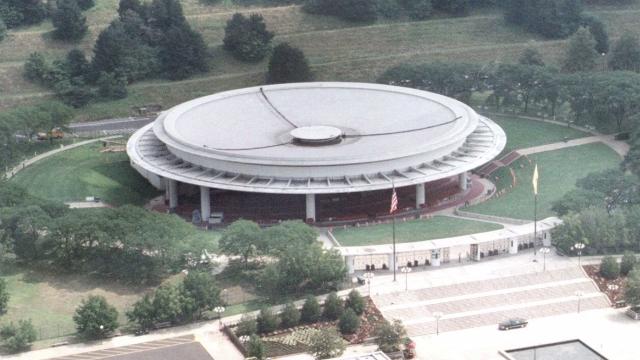




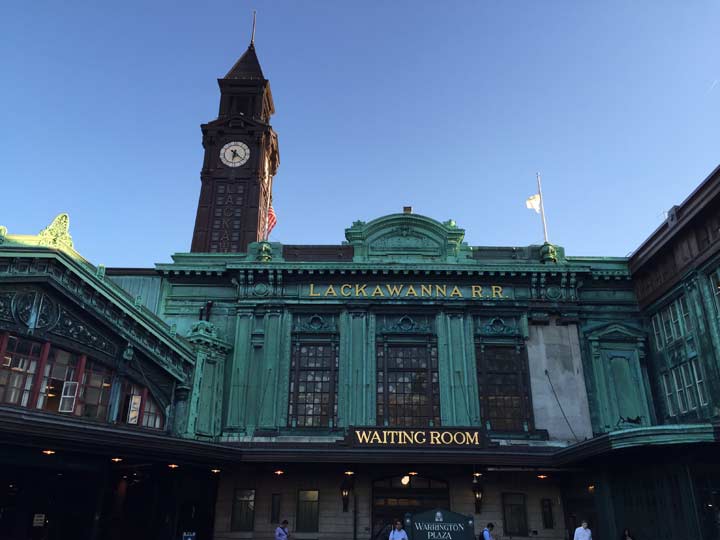
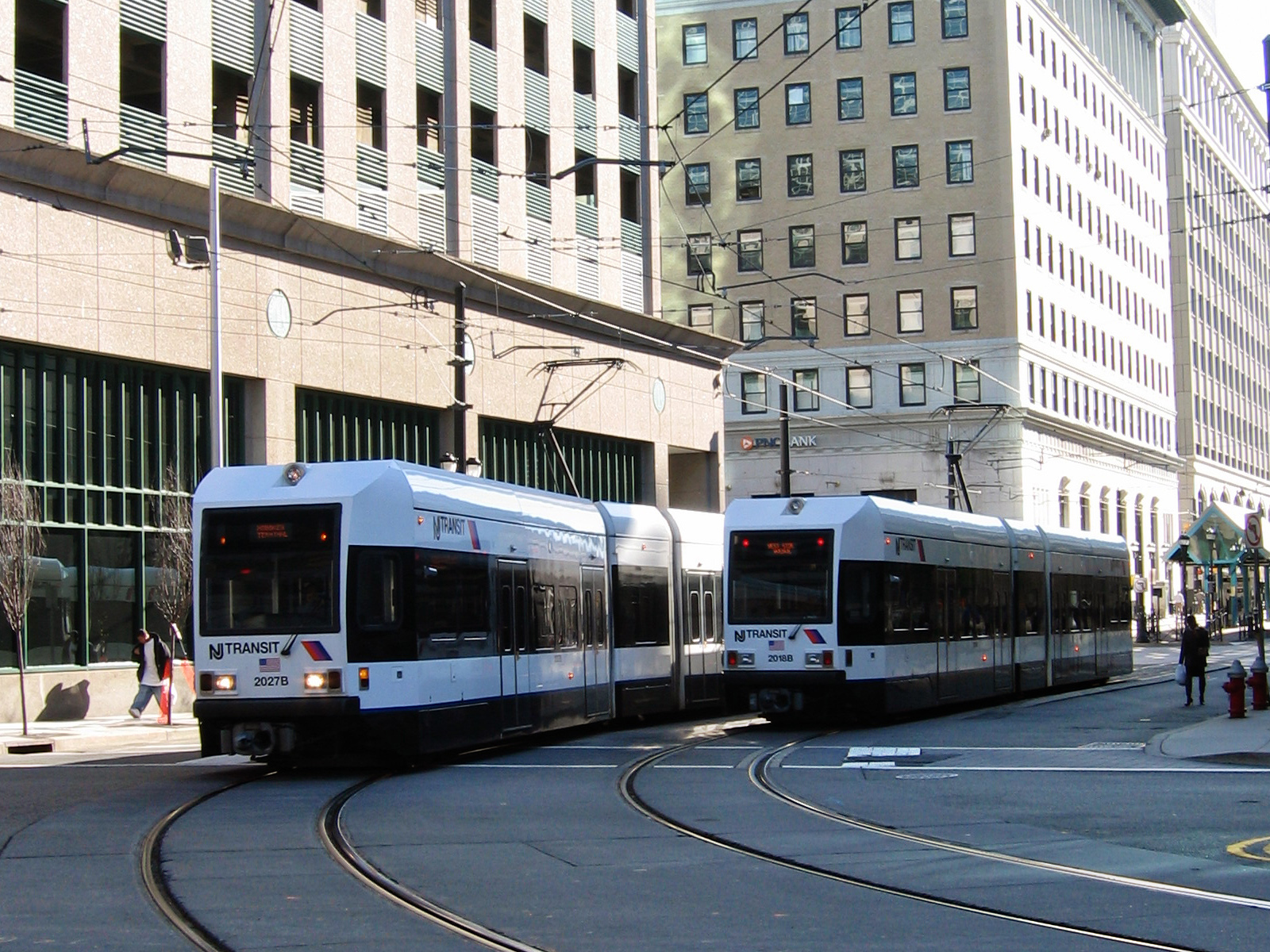
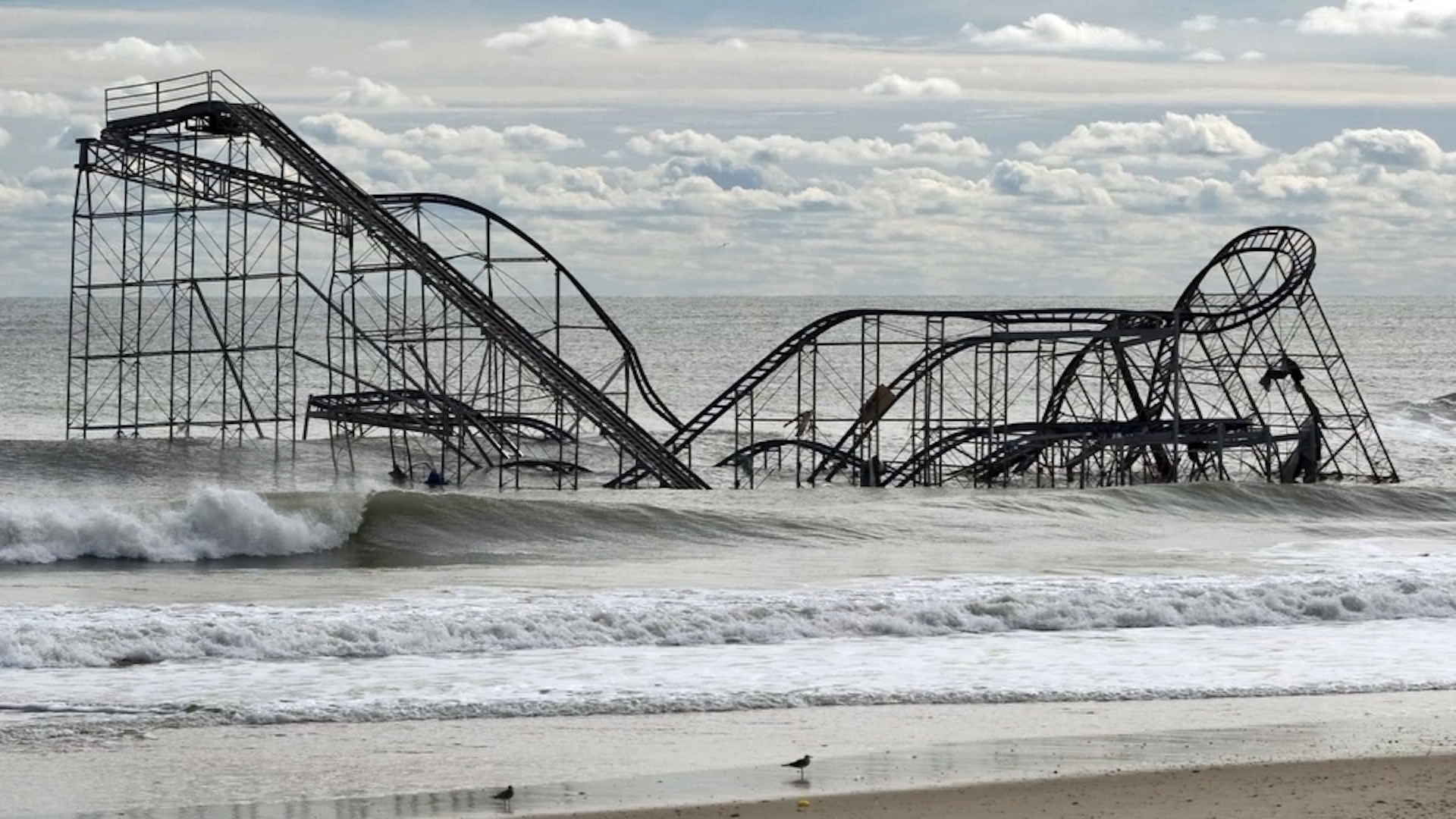
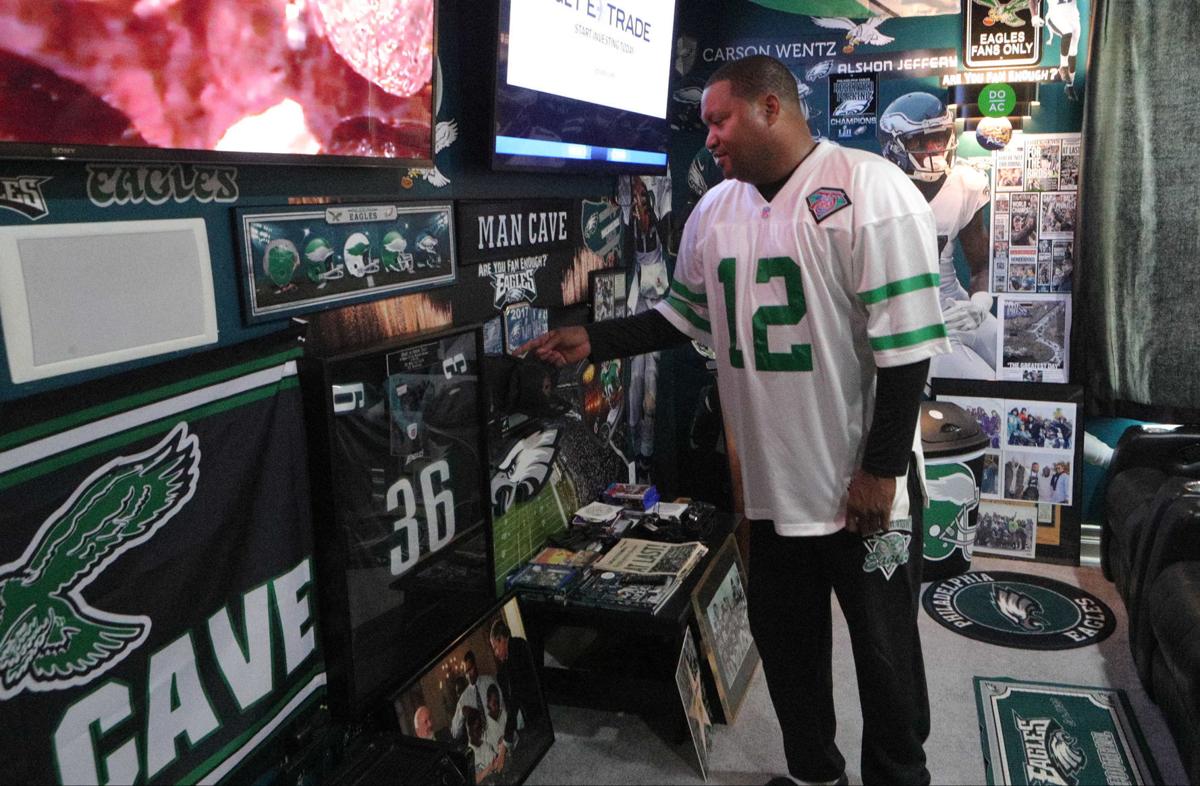
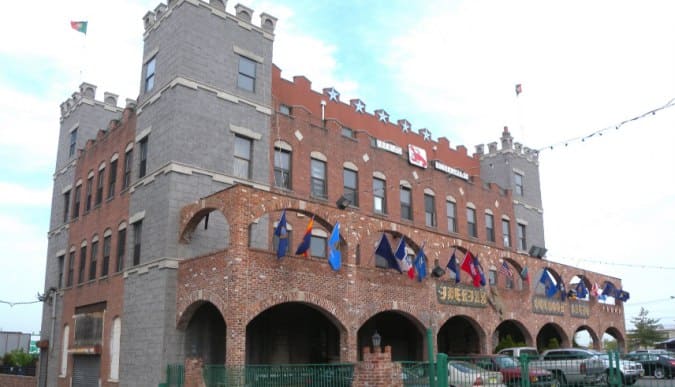




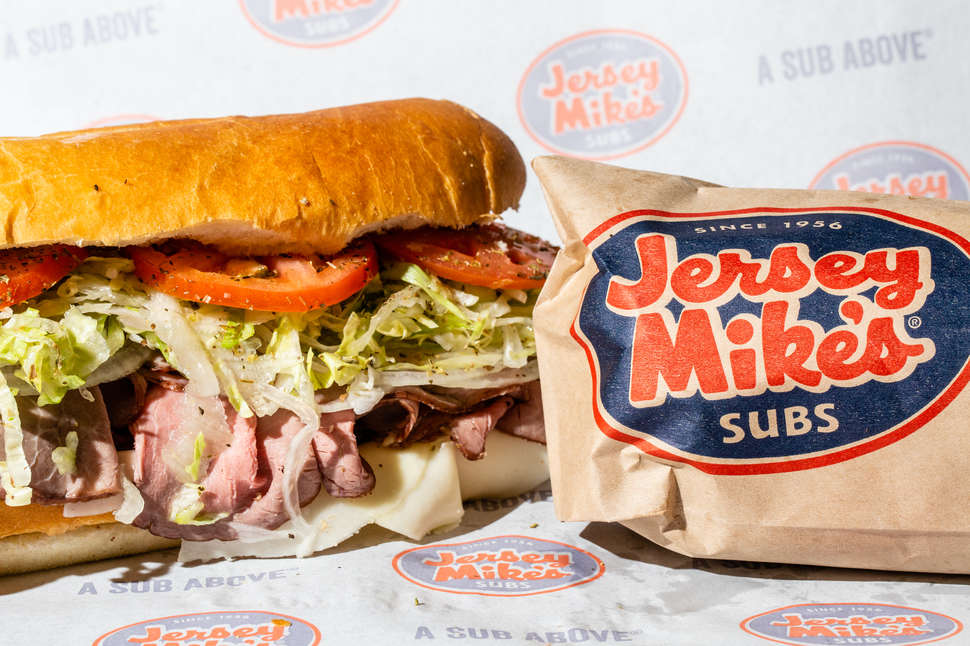
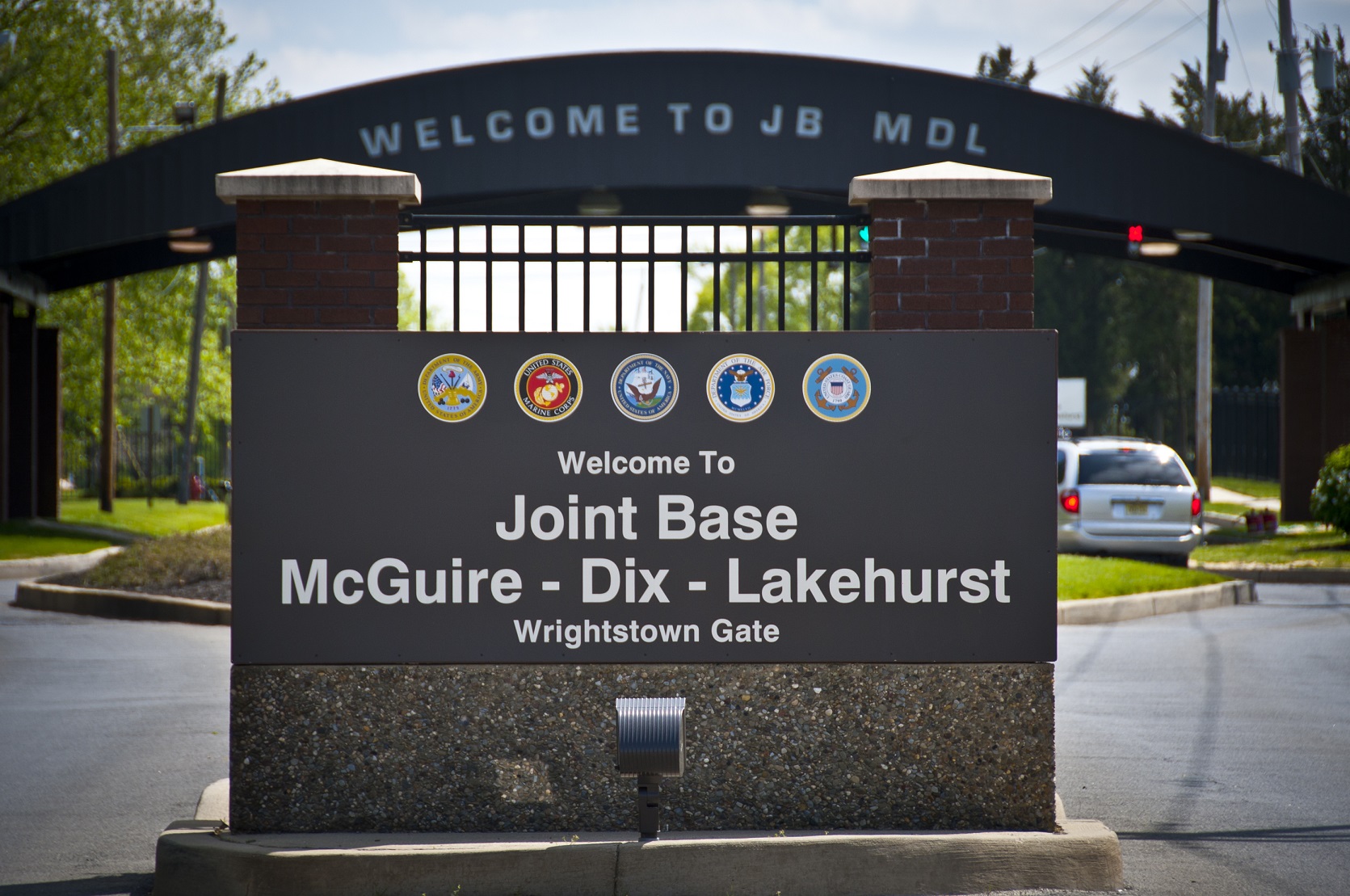
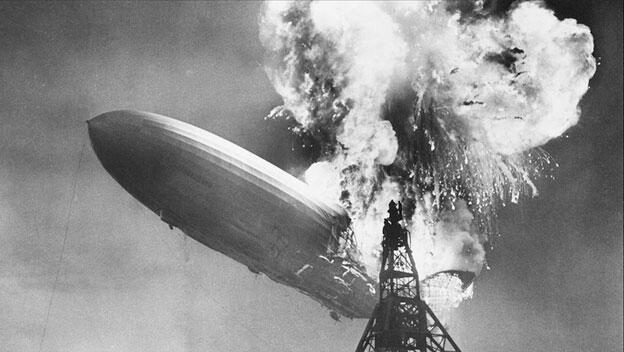


No comments:
Post a Comment